The Three Pyramids Spread
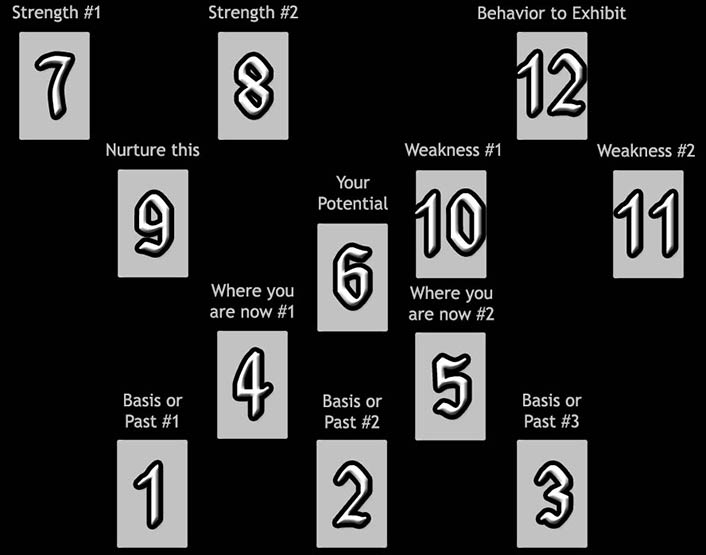
Difficulty: Complicated
Basically, there is the main pyramid in the centre, and two smaller pyramids on each side. One is inverted.
Positions 1 & 3 represent where the reader comes from, or what has made them/shaped them on the various levels. Can be from environment, upbringing, schooling, etc. A look at the past, but with more objectivity than is usually given when using tarot cards.
Positions 4 & 5 represent who the reader is right now. May or may not make pleasant reading, but hey, this is what this is about, right?
Position 6 represents who the reader could be. Again, it might or might not look good, but a person can learn from that and change who they are accordingly. (This is a bit like how Scrooge did things in 'A Christmas Carol'.)
Positions 7 & 8 are the reader's strengths. This is the light they have, which can be bought to the forefront. What carries the person should not be hidden or unacknowledged.
Position 9 represents what should be given to oneself or created within.
Position 10 & 11 represent personal areas for development or weaknesses. Again, might not make good reading, but if someone looks at their strengths first, they will be able to see a balance is there and can choose to focus on one side or the other. This is where a person could really see how their shadow side comes into play.
Position 12 represents what the reader should be offering externally, or what they can bring to their world or to others who inhabit that world.
Your Three Pyramids Reading
Strength #1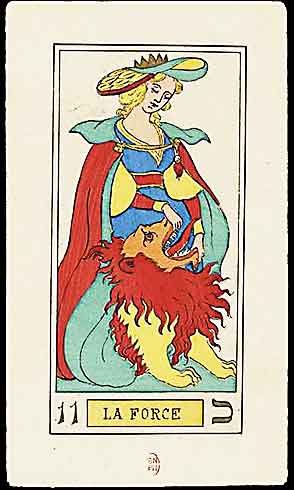 |
Strength #2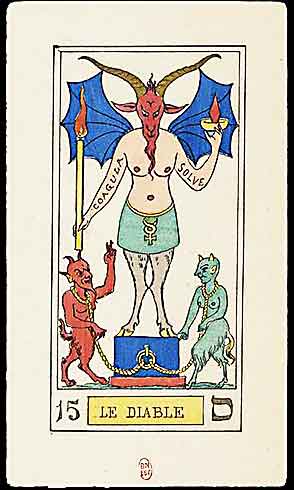 |
 |
Exhibit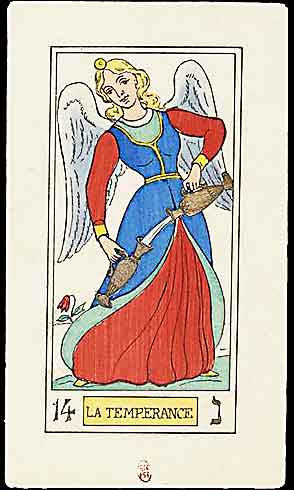 |
|||
Nurture This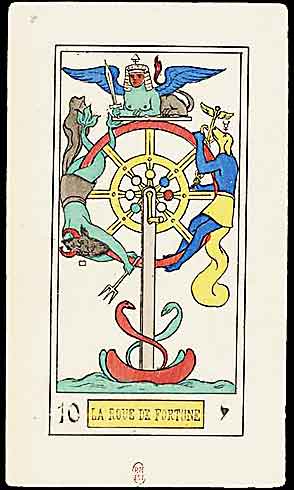 |
Potential |
Infirmity #1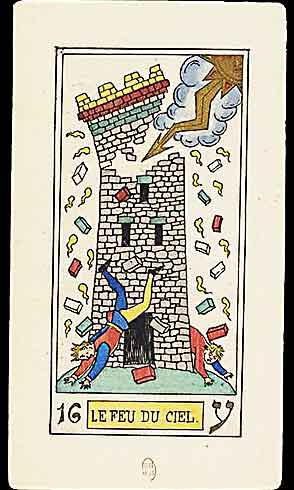 |
Infirmity #2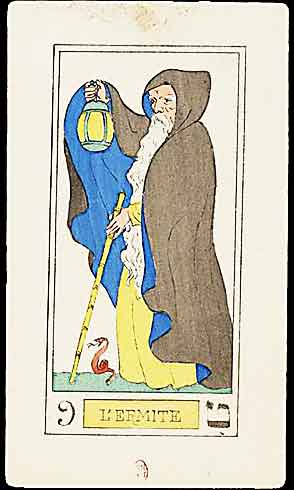 |
|||
Now #1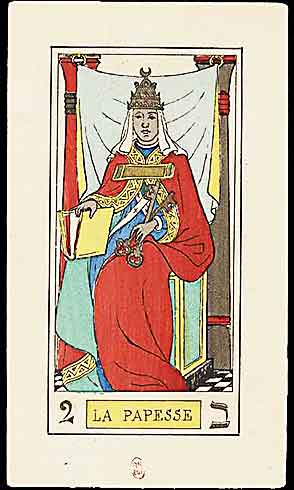 |
Now #2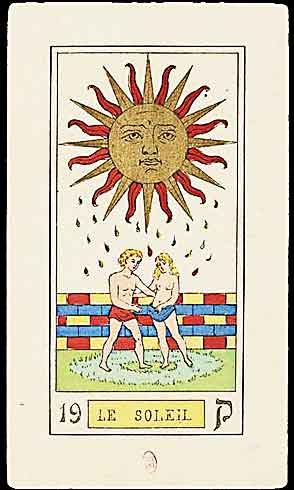 |
|||||
Base (past) #1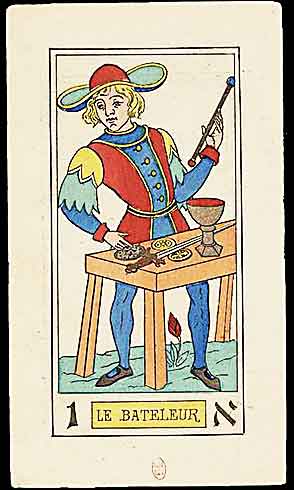 |
Base (past) #2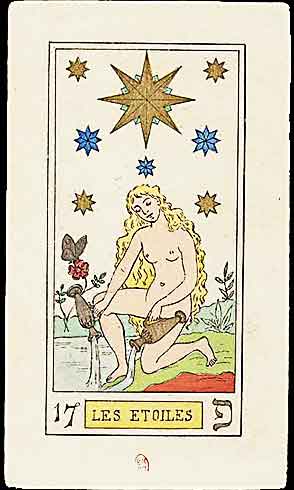 |
Base (past) #3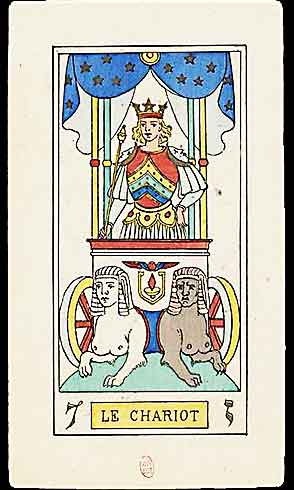 |
1: Base #1

The Magician signifies mastery, skill, and the power to shape reality. This card represents harnessing resources and directing one's energies towards success. The Magician embodies the potential to manifest desires into tangible form.
Symbolism: He stands before a table with tools representing the four elements: a cup (Water), a sword (Air), a coin (Earth), and a wand (Fire). His raised wand symbolises the connection between spirit and matter, and his hat, shaped like an infinity symbol, signifies endless potential.
In Relationships: A time to use charm, wit, and initiative to build or strengthen relationships.
In Work: Opportunity, success, and the power to manifest goals through skill and action.
Spiritually: The Magician teaches the importance of intention, focus, and using one's talents for higher purposes.
When ill-dignified: Deception, manipulation, or scattered energy. Warning against using one's power for selfish gain.
2: Base #2

The Star represents hope, inspiration, and divine guidance. This card signifies moments of clarity, healing, and the connection to higher aspirations.
Symbolism: The Star is a nude woman pouring water onto the ground and into a pool, symbolising the flow of spiritual energy. A star shines brightly above her, representing guidance and inspiration. The peaceful, open landscape conveys hope and renewal.
In Relationships: A time of healing, hope, and emotional renewal. This card suggests trust and faith in the potential for deep connection.
In Work: Inspiration, new opportunities, and alignment with your true calling.
Spiritually: A period of spiritual renewal, where divine guidance leads the way towards greater fulfilment.
When ill-dignified: Hopelessness, lack of faith, or feeling disconnected from one's spiritual path.
3: Base #3

The Chariot represents victory, control, and determination. It signifies the ability to overcome obstacles and navigate life's challenges through focus and willpower.
Symbolism: The charioteer rides a chariot drawn by two sphinxes, symbolising opposing forces that must be balanced. The chariot is adorned with symbols of conquest, and the figure wears a crown, signifying authority and triumph.
In Relationships: A relationship driven by effort and mutual determination, or one that requires balance and compromise.
In Work: Triumph through perseverance, conquering challenges with focus.
Spiritually: A journey of self-mastery, overcoming inner struggles, and moving forward with purpose.
When ill-dignified: Recklessness, lack of direction, or being pulled in conflicting directions.
4: Where you are now #1

The High Priestess represents intuition, wisdom, and hidden knowledge. She invites introspection and reminds us to trust our inner voice in uncovering truths that are not immediately apparent.
Symbolism: Seated on a throne with a book of wisdom and keys, the High Priestess represents access to esoteric knowledge. The curtains behind her suggest mystery and the boundary between the conscious and unconscious realms.
In Relationships: Emotional depth, secrets, or a need for patience and understanding.
In Work: Hidden opportunities, deep research, or learning emerging from within.
Spiritually: Trust your intuition and explore spiritual truths beyond the material world.
When ill-dignified: Ignorance, repressed emotions, or manipulation behind the veil of mystery.
5: Where you are now #2

The Sun represents clarity, success, and vitality. It signifies moments of joy, abundance, and realising one's potential.
Symbolism: The Sun shines gloriously over a youthful couple, symbolising innocence, energy, and optimism. A multi-coloured brick wall shelters them, representing protection, growth, vitality, and success. The clear sky suggests obstacles are removed and clarity reigns.
In Relationships: Joyful, open-hearted love. The Sun represents happiness, clear communication, and successful partnerships.
In Work: Success, recognition, and the fulfilment of goals. Positive energy surrounds professional endeavours.
Spiritually: Enlightenment and the ability to see the truth clearly.
When ill-dignified: Arrogance, overconfidence, or a tendency to overlook important details in the pursuit of success.
6: Your potential

The Moon signifies illusion, intuition, and the subconscious mind. It represents the mystery of the unknown, hidden fears, and the need to trust inner guidance while navigating uncertainty.
Symbolism: The Moon is depicted with two dogs howling at the moon, symbolising the pull of primal instincts. A crayfish crawls from the water, representing the subconscious emerging into consciousness. The path leads towards a distant horizon, symbolising the journey through confusion to clarity.
In Relationships: Illusions in relationships, emotional confusion, or hidden feelings. Trust your intuition to navigate these uncertain waters.
In Work: Uncertainty or the need to trust your instincts. Hidden factors may influence the situation.
Spiritually: A time to confront fears, listen to your inner voice, and seek clarity in moments of doubt.
When ill-dignified: Deception, illusion, or being misled by false hopes or unclear situations.
7: Strength #1

Strength symbolises inner strength, courage, and emotional mastery. It represents the power of compassion and grace in overcoming challenges, rather than brute force.
Symbolism: A woman calmly subdues a lion, symbolising the triumph of inner strength over raw power. Her serene expression and gentle hands show mastery through patience and understanding.
In Relationships: Strength to overcome emotional challenges through understanding and patience.
In Work: Success through resilience, determination, and tact, not through force.
Spiritually: Mastery of inner impulses and alignment with higher virtues.
When ill-dignified: Weakness, impatience, or misuse of power in challenging situations.
8: Strength #2

The Devil represents temptation, materialism, and the enslavement of desires. It points to the darker aspects of the self, where one is bound by addictions, fears, or unhealthy attachments.
Symbolism: The Devil is depicted as a horned figure with a monstrous appearance, standing over two chained figures. The chains are loose, indicating that freedom is possible, but the figures are unaware of their power to escape. The card represents self-imposed limitations.
In Relationships: Unhealthy attachments, temptation, or toxic relationships. A call to break free from negative patterns.
In Work: Materialism, greed, or feeling trapped in a situation. The need to release limiting behaviours.
Spiritually: The need to confront personal fears, addictions, or attachments that block spiritual growth.
When ill-dignified: Excess, obsession, or being enslaved by negative influences or desires.
9: Nurture this

The Wheel of Fortune signifies change, cycles, and destiny. The wheel turns, representing the ebb and flow of fortune and the constant cycles of life.
Symbolism: The wheel, surrounded by figures and animals, turns with inevitability. A sphinx sits atop the wheel, symbolising wisdom amidst life's changes. The card reflects the role of fate in the twists and turns of existence.
In Relationships: A shift in relationship dynamics or new opportunities.
In Work: Fortuitous changes or shifts in circumstances, often outside of your control.
Spiritually: Trust in the cycles of life and accept the flow of destiny.
When ill-dignified: Resistance to change or feeling trapped in an unfavourable cycle.
10: Weakness #1

The Tower signifies sudden upheaval, revelation, and the breaking down of false structures. This card represents moments of crisis or dramatic change that lead to profound transformation.
Symbolism: The Tower is struck by lightning, causing it to collapse. Figures fall from the tower, symbolising the suddenness and unexpected nature of the event. The crown-like top falling from the tower suggests that pride or false beliefs are being shattered.
In Relationships: A sudden revelation or event that shatters illusions, leading to change or the breakdown of a relationship.
In Work: Unexpected disruption, the destruction of old structures, or a breakdown of outdated systems.
Spiritually: A wake-up call that challenges beliefs or systems, leading to greater clarity and spiritual growth.
When ill-dignified: Crisis, destruction without transformation, or a refusal to accept change.
11: Weakness #2

The Hermit represents wisdom, introspection, and the search for spiritual clarity. He calls for a retreat into solitude to find deeper meaning.
Symbolism: The Hermit holds a glowing lantern, symbolising divine wisdom. His staff represents the guidance he offers others, while the snake hints at his persuasiveness. His solitary journey through a barren landscape reflects the pursuit of enlightenment.
In Relationships: A time for introspection and finding deeper meaning.
In Work: A need for solitude, mentorship, or stepping back to reassess goals.
Spiritually: A journey of spiritual discovery and the search for deeper truths.
When ill-dignified: Isolation, withdrawal, or stagnation in one's journey.
12: Behavior to exhibit

Temperance represents balance, moderation, and the art of harmonising opposites. This card suggests a period of a careful blending of energies, creating harmony between diverse aspects of life.
Symbolism: Temperance is shown pouring liquid between two cups, symbolising the blending of forces or energies. Her wings suggest a spiritual connection, and her alchemical knowledge signifies a harmonious outcome. The card teaches the importance of moderation.
In Relationships: A balanced, harmonious relationship or the need for patience and moderation in love.
In Work: A time to blend different skills or approaches to find success. Collaboration and diplomacy are key.
Spiritually: A call for balance, peace, and alignment between the spiritual and material realms.
When ill-dignified: Excess, imbalance, or an inability to find middle ground.